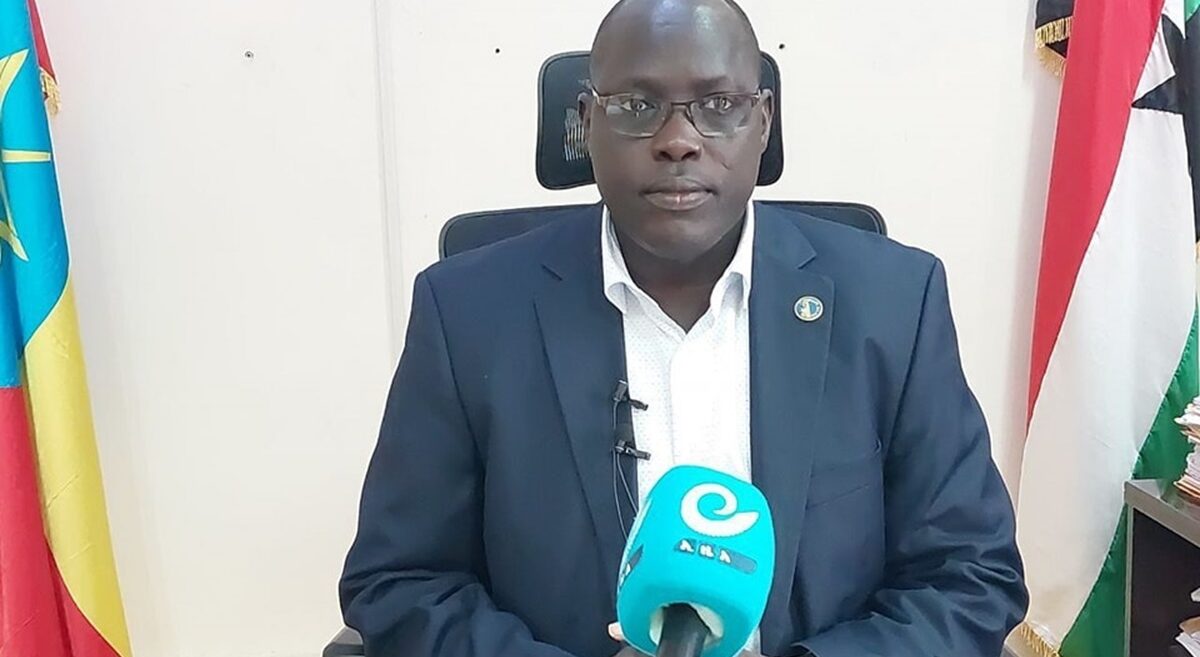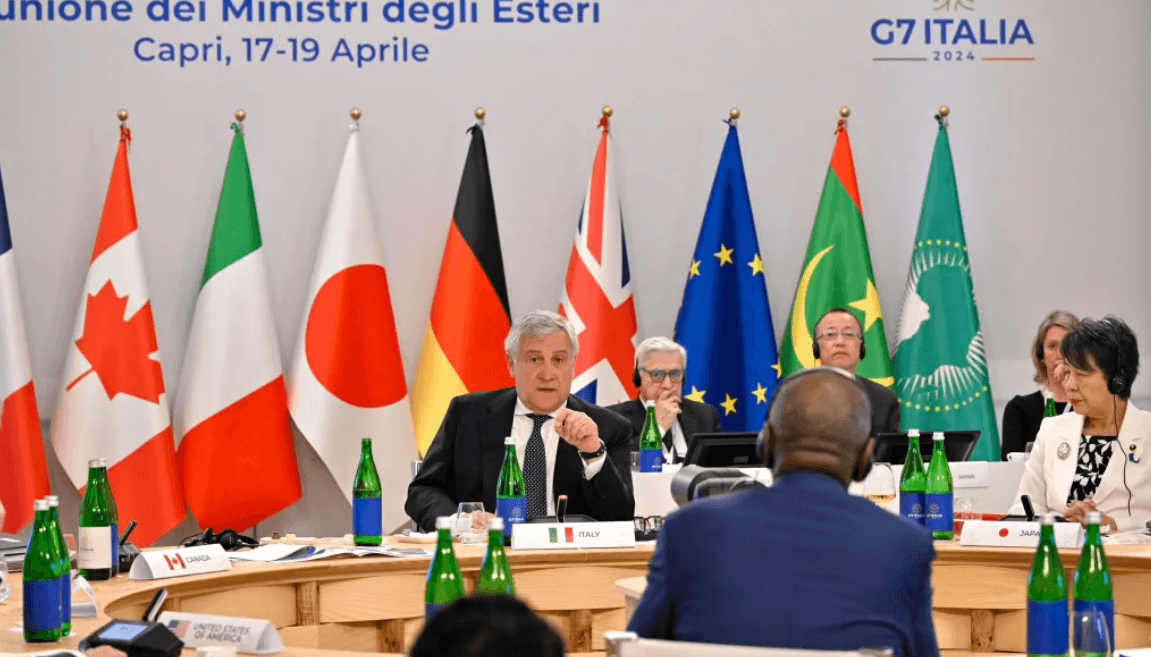Kenya’s resource challenge
Rick van der Ploeg & Samuel Wills
Kenya has been exporting energy for years – in the form of some of the world’s fastest long-distance runners. But Kenya will soon be exporting another, far more profitable kind of energy, as it taps into a string of recently discovered oil fields in its 450-mile-long section of the Great Rift Valley, a fissure in the earth’s crust that runs from Lebanon to Mozambique.
African countries have plenty of experience with the downsides of major resource endowments. Kenya must learn from these cases, in order to prevent its new oil riches from tripping up East Africa in its headlong dash toward monetary union.
The riches are indeed vast. In the last two years, more than 1.7 billion barrels of oil have been discovered in the Lokichar basin. Estimates vary widely, but there could be up to 20 billion barrels – a volume that would make Kenya one of Africa’s most resource-rich countries, second only to Nigeria, which has 37 billion barrels of proven reserves. Nearby, Uganda has discovered 3.5 billion barrels, and Tanzania has found vast reserves of natural gas.
These countries now must determine how to avoid the “resource curse” – an all-too-common affliction whereby rising resource revenues lead to volatility, rent seeking, and corruption, while spurring real exchange-rate appreciation and wage increases, thereby undermining other economic sectors’ competitiveness. The key will be to capture the oil revenues and invest them wisely, thereby converting below-ground assets into above-ground assets that yield an adequate rate of return and stimulate economic development.
In Africa, oil is usually extracted by foreign companies, so well designed taxes are needed to ensure that countries retain a fair share of the profits. While taxing profits looks good on paper, it encourages oil producers simply to shift their profits to a tax haven. Royalties, which tax each barrel as it is produced, are a more effective approach. Oil prices are also notoriously volatile, so the tax scheme must ensure that the government and the oil companies share the costs and benefits of price fluctuations.
Kenya’s next challenge will be to invest the taxes in much-needed infrastructure projects, including roads, sanitation, hospitals, and schools. High-income countries like Norway can borrow to finance such projects, allowing them to save their oil wealth in a sovereign fund. For Kenya, by contrast, borrowing is expensive. Oil therefore provides an important opportunity to lay the groundwork for long-term economic growth and development.
Of course, like any marathon, it is best not to start too fast. New teachers must be trained by experienced teachers, and new roads must connect to existing roads. Investment should therefore be gradual, which may mean temporarily storing some oil wealth abroad.
Throughout this process, Kenya’s leaders should bear in mind that even the best plans can sometimes go awry, as Ghana’s recent experience has shown. Four billion barrels of oil were discovered off Ghana’s coast in 2007, and production began in 2010. The next year, the Petroleum Revenue Management Act divided the wealth among consumption, investment, and offshore savings, as recommended by economists around the world (including us).
But, with last year’s presidential election, the situation began to deteriorate. In the race for votes, Ghana’s current-account deficit increased, owing to heavy fuel subsidies and a 47% increase in payouts to public-sector workers. This is an all-too-common tale for developing countries that experience an oil bonanza.
But there is some good news from Ghana. Despite the surge in government spending, the central bank’s efforts to stabilize inflation have kept prices of goods and services under control. This focus on price stability – while common among developed countries like Australia, the United States, and the United Kingdom – is very unusual for Africa. Indeed, it is something that Kenya lacks.
Ensuring price stability is about to become more important than ever. This month, the leaders of East African Community member countries are set to endorse a move to establish a monetary union, covering 150 million people, as early as 2015. But Kenya’s newfound oil stock will complicate these plans, given that massive capital inflows will cause Kenya’s overall price level to rise relative to that of its neighbors. If East Africa’s central bank raises interest rates to stave off inflation in Kenya, the rest of the union will experience increased unemployment.
The ongoing euro crisis clearly demonstrates the problems that a union of unequal partners can face. It is as if an untrained couch potato ran an 800-meter race with the world record-holder.
Kenya and the East African Community have been pursuing monetary union since 2000. But the recent discovery of massive natural-resource deposits in Kenya and elsewhere should prompt officials to rethink this goal. Central banks need the flexibility to adapt policy to rapid structural change in the economy – and to clean up the mess that elections often leave behind.
John Maynard Keynes is reported to have said: “When the facts change, I change my mind.” In Kenya and East Africa, the facts have changed; it is time for policymakers’ minds to follow.
Rick van der Ploeg and Samuel Wills are economists at the University of Oxford’s Centre for the Analysis of Resource-Rich Economies. Addis Standard secured the article from Project Syndicate







